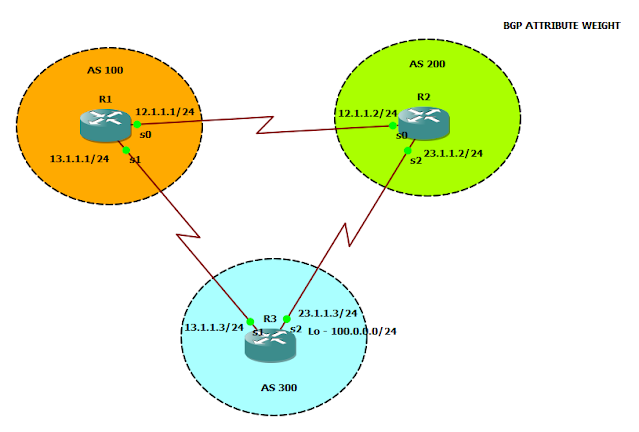ISSUE -
RAJU COME TO OFFICE AFTER 2 WEEKS AND CONNECTED HIS NEW LAPTOP IN THE LAN PORT BUT NOT ABLE TO ACCESS THE NETWORK
SW4#sh int status
Port Name Status Vlan Duplex Speed Type
Fa0/1 connected 1 auto auto 10/100BaseTX
Fa0/2 err-disabled 10 auto auto 10/100BaseTX
Fa0/3 notconnect 1 auto auto 10/100BaseTX
Fa0/4 notconnect 1 auto auto 10/100BaseTX
Fa0/5 notconnect 1 auto auto 10/100BaseTX
SW4# sh mac address-table interfaces fa0/2
Mac Address Table
-------------------------------------------
Vlan Mac Address Type Ports
---- ----------- -------- -----
SW4#sh port-security interface fa0/2
Port Security : Enabled
Port Status : Secure-shutdown
Violation Mode : Shutdown
Aging Time : 0 mins
Aging Type : Absolute
SecureStatic Address Aging : Disabled
Maximum MAC Addresses : 1
Total MAC Addresses : 1
Configured MAC Addresses : 1
Sticky MAC Addresses : 0
Last Source Address:Vlan : 0060.47A9.C1E7:10
Security Violation Count : 1
interface FastEthernet0/2
switchport access vlan 10
switchport mode access
switchport port-security
switchport port-security mac-address 0060.47A9.C1E4
SW4(config)#int fa0/2
SW4(config-if)#no switchport port-security mac-address 0060.47A9.C1E4
SW4(config-if)#switchport port-security mac-address 0060.4745.D5DE
SW4(config-if)#
SW4(config-if)#^Z
SW4#sh int fa0/2
FastEthernet0/2 is down, line protocol is down (err-disabled)
Hardware is Lance, address is 0000.0c7c.0502 (bia 0000.0c7c.0502)
BW 100000 Kbit, DLY 1000 usec,
reliability 255/255, txload 1/255, rxload 1/255
Encapsulation ARPA, loopback not set
SW4#config
Configuring from terminal, memory, or network [terminal]?
Enter configuration commands, one per line. End with CNTL/Z.
SW4(config)#int fa0/2
SW4(config-if)#shut
%LINK-5-CHANGED: Interface FastEthernet0/2, changed state to administratively down
SW4(config-if)#
SW4(config-if)#
SW4(config-if)#
SW4(config-if)#no shut
SW4(config-if)#
%LINK-5-CHANGED: Interface FastEthernet0/2, changed state to up
%LINEPROTO-5-UPDOWN: Line protocol on Interface FastEthernet0/2, changed state to up
^Z
SW4#
%SYS-5-CONFIG_I: Configured from console by console
SW4#
SW4#
SW4#sh int fa0/2
FastEthernet0/2 is up, line protocol is up (connected)
Hardware is Lance, address is 0000.0c7c.0502 (bia 0000.0c7c.0502)
BW 100000 Kbit, DLY 1000 usec,
reliability 255/255, txload 1/255, rxload 1/255
Encapsulation ARPA, loopback not set
Keepalive set (10 sec)
Full-duplex, 100Mb/s
input flow-control is off, output flow-control is off
ARP type: ARPA, ARP Timeout 04:00:00
Last input 00:00:08, output 00:00:05, output hang never
Last clearing of "show interface" counters never
Input queue: 0/75/0/0 (size/max/drops/flushes); Total output drops: 0
Queueing strategy: fifo
Output queue :0/40 (size/max)
5 minute input rate 0 bits/sec, 0 packets/sec
5 minute output rate 0 bits/sec, 0 packets/sec
956 packets input, 193351 bytes, 0 no buffer
Received 956 broadcasts, 0 runts, 0 giants, 0 throttles
0 input errors, 0 CRC, 0 frame, 0 overrun, 0 ignored, 0 abort
0 watchdog, 0 multicast, 0 pause input
0 input packets with dribble condition detected
2357 packets output, 263570 bytes, 0 underruns
0 output errors, 0 collisions, 10 interface resets
0 babbles, 0 late collision, 0 deferred
0 lost carrier, 0 no carrier
0 output buffer failures, 0 output buffers swapped out
SW4# sh port-security int fa0/2
Port Security : Enabled
Port Status : Secure-up
Violation Mode : Shutdown
Aging Time : 0 mins
Aging Type : Absolute
SecureStatic Address Aging : Disabled
Maximum MAC Addresses : 1
Total MAC Addresses : 1
Configured MAC Addresses : 1
Sticky MAC Addresses : 0
Last Source Address:Vlan : 0060.47A9.C1E7:10
Security Violation Count : 0
SW4#sh mac address-table interfaces fa0/2
Mac Address Table
-------------------------------------------
Vlan Mac Address Type Ports
---- ----------- -------- -----
10 0060.4745.d5de STATIC Fa0/2
SW4#






